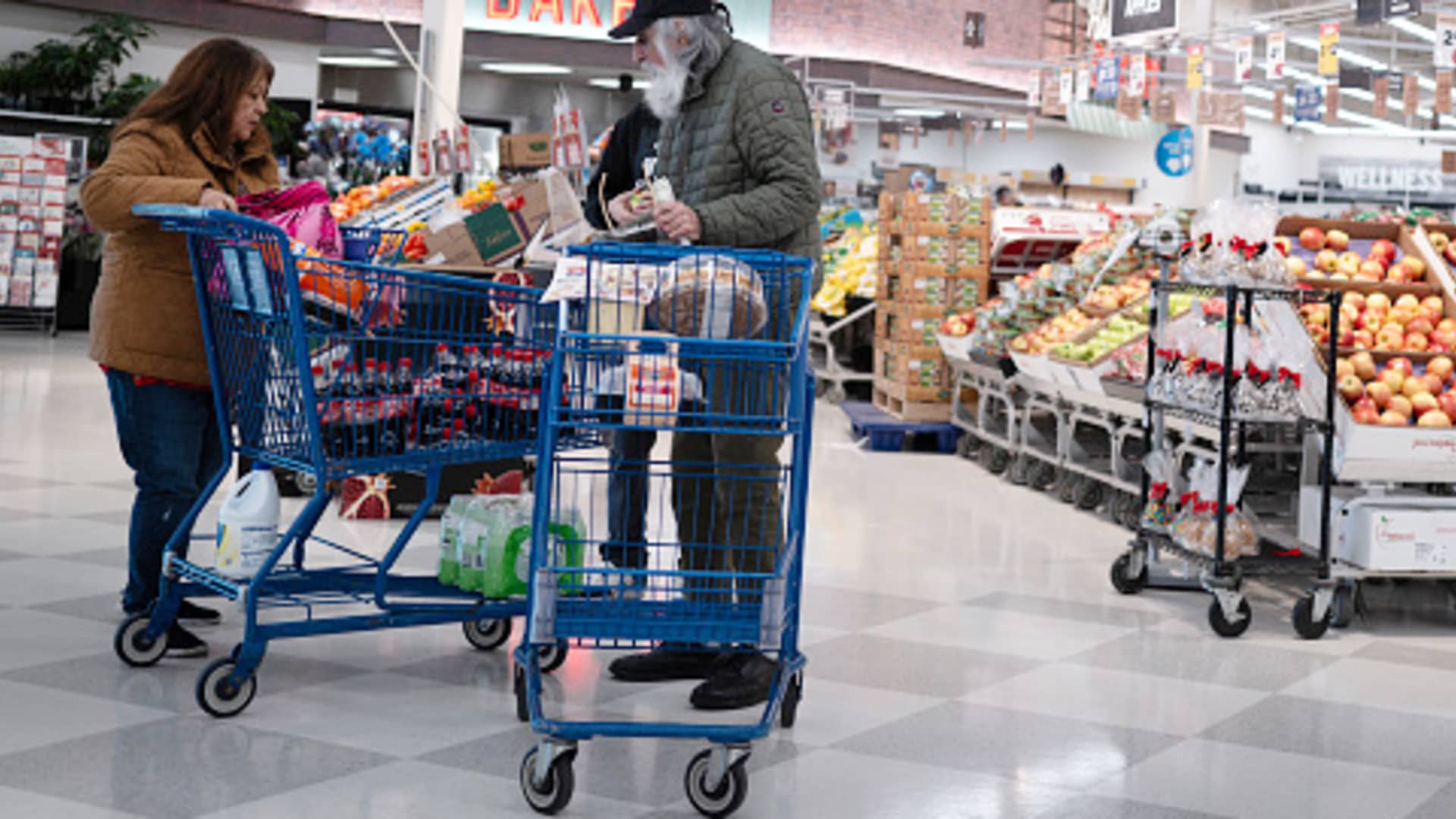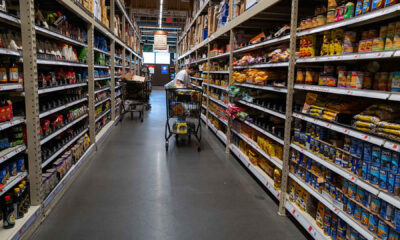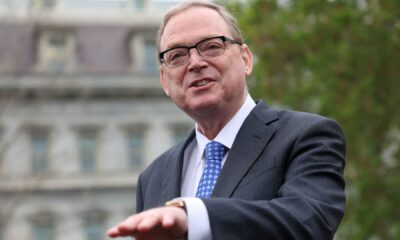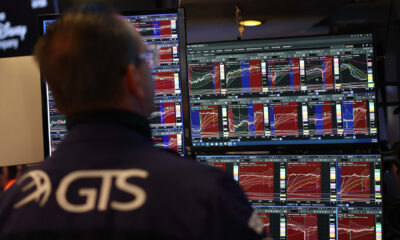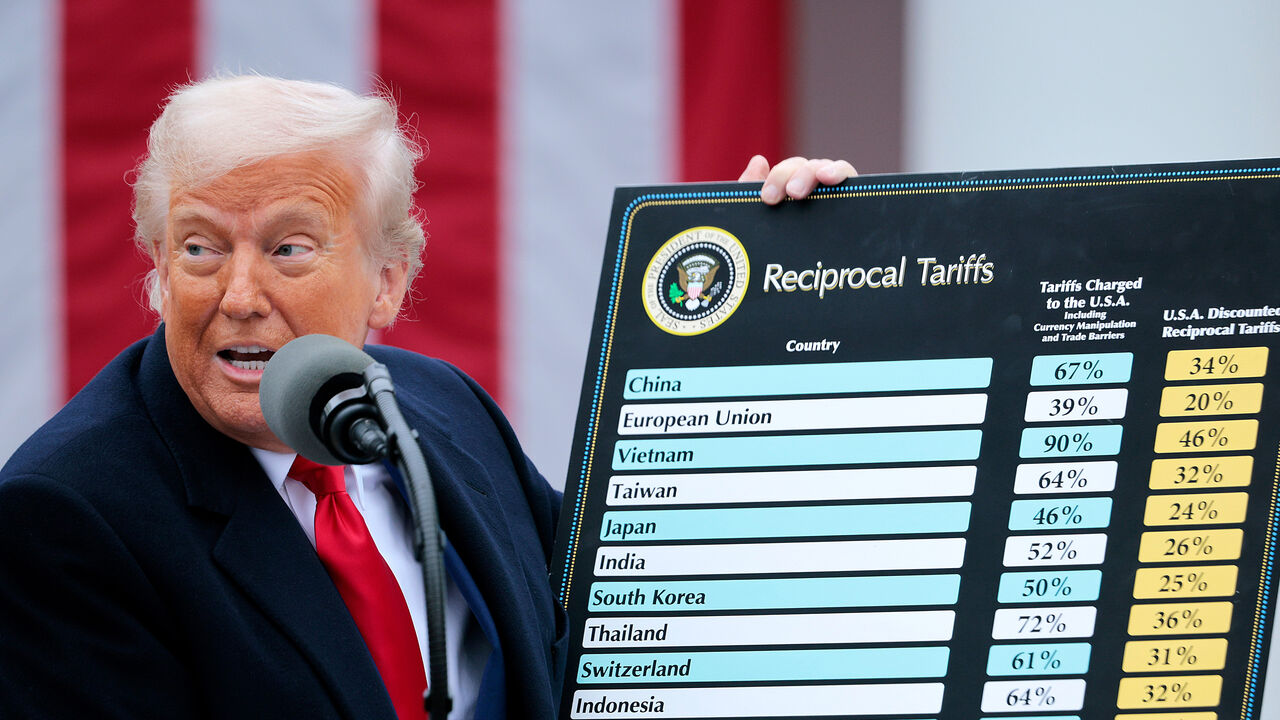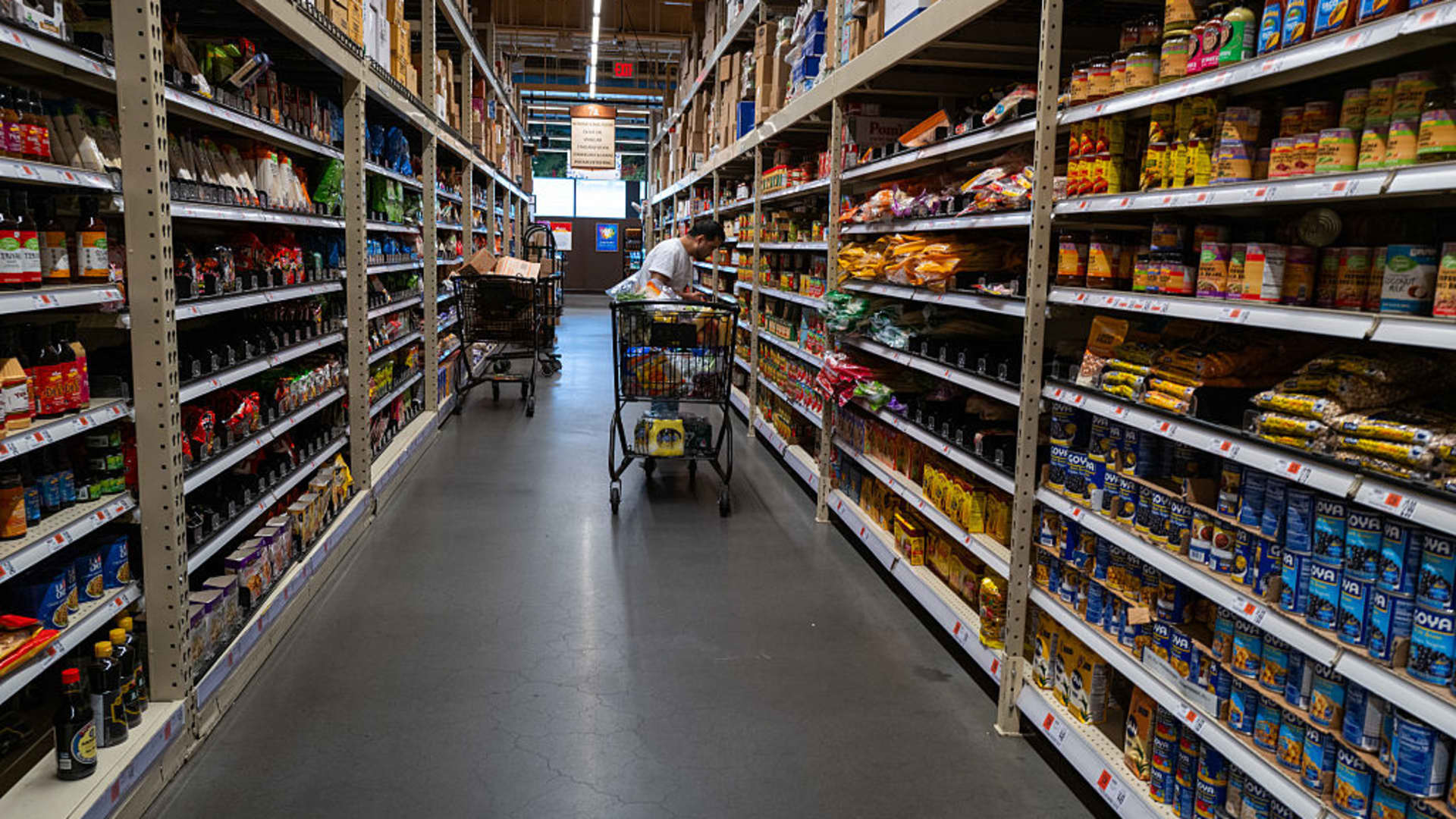Consumer prices rose at a faster annual pace in November, a reminder that inflation remains an issue both for households and policymakers.
The consumer price index showed a 12-month inflation rate of 2.7% after increasing 0.3% on the month, the Bureau of Labor Statistics reported Wednesday. The annual rate was 0.1 percentage point higher than October.
Excluding food and energy costs, the core CPI was at 3.3% on an annual basis and 0.3% monthly. The 12-month core reading was unchanged from a month ago.
All of the numbers were in line with the Dow Jones consensus estimates.
The readings come with Federal Reserve officials mulling over what to do at their policy meeting next week. Markets strongly expect the Fed to lower its benchmark short-term borrowing rate by a quarter percentage point when the meeting wraps up Dec. 18, but then skip January as they measure the impact successive cuts have had on the economy.
The report further solidified the market outlook for a cut, with traders raising the odds to 99%, according to the CME Group’s FedWatch measure. Odds of a January reduction also edged higher, hitting about 23%.
“In-line core inflation clears the way for a rate cut at next week’s [Federal Open Market Committee] meeting,” said Whitney Watson, global co-head and co-CIO for fixed income at Goldman Sachs Asset Management. “Following today’s data the Fed will depart for the holiday break still confident in the disinflation process and we think it remains on course for further gradual easing in the new year.”
While inflation is well off the 40-year high it saw in mid-2022, it remains above the Fed’s 2% annual target. Some policymakers in recent days have expressed frustration with inflation’s resilience and have indicated that the pace of rate cuts may need to slow if more progress isn’t made.
If the Fed follows through with a reduction next week, it will have taken a full percentage point off the federal funds rate since September.
Much of the November increase in the CPI came from shelter costs, which rose 0.3% and have been one of the most stubborn components of inflation. Fed officials and many economists expect housing-related inflation to ease as new rental leases are negotiated, but the item has continued to increase each month.
A measure within the shelter component that asks homeowners what they could get in rent for their properties increased 0.2%, as did the actual rent index. They are the smallest monthly respective increases since April and July 2021.
The BLS estimated that the shelter item, which has about a one-third weighting in the CPI calculation, accounted for about 40% of the total increase in November. The shelter index rose 4.7% on a 12-month basis in November.
Used vehicle prices rose 2% monthly while new vehicle prices increased 0.6%, reversing the recent trend that has seen those items come down.
Elsewhere, food costs rose 0.4% monthly and 2.4% year over year, while the energy index increased 0.2% but was down 3.2% annually. Within food, the measure of cereals and bakery products fell 1.1% in November, the single biggest monthly decline in the measure’s history going back to 1989, according to the BLS.
The increase in the CPI meant that average hourly earnings for workers were basically flat for the month when adjusted for inflation, but increased 1.3% from a year ago, the BLS said in a separate release.
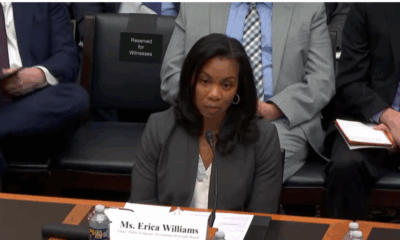
 Accounting1 week ago
Accounting1 week ago
 Economics1 week ago
Economics1 week ago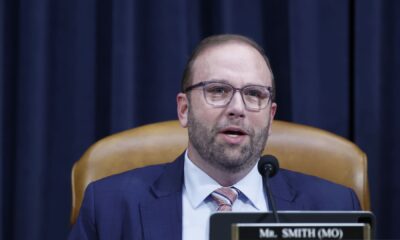
 Personal Finance1 week ago
Personal Finance1 week ago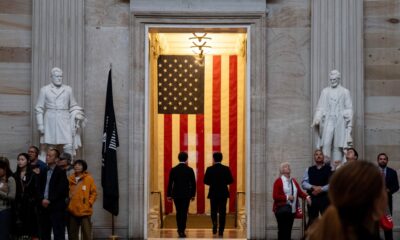
 Accounting1 week ago
Accounting1 week ago
 Finance1 week ago
Finance1 week ago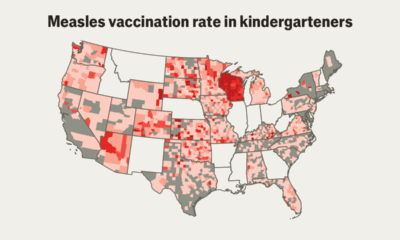
 Economics1 week ago
Economics1 week ago
 Economics1 week ago
Economics1 week ago
 Economics1 week ago
Economics1 week ago
